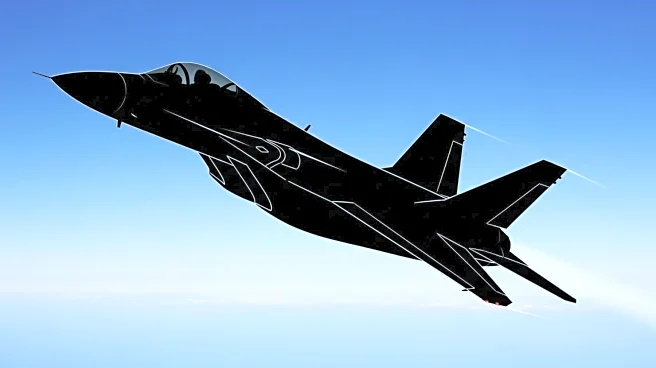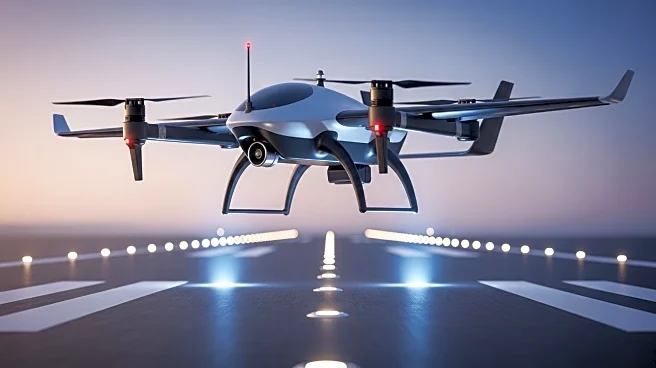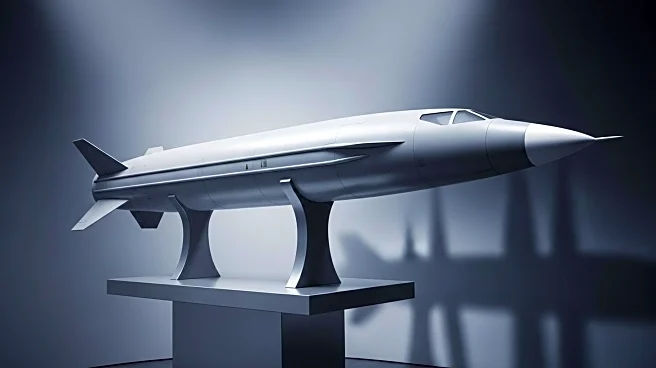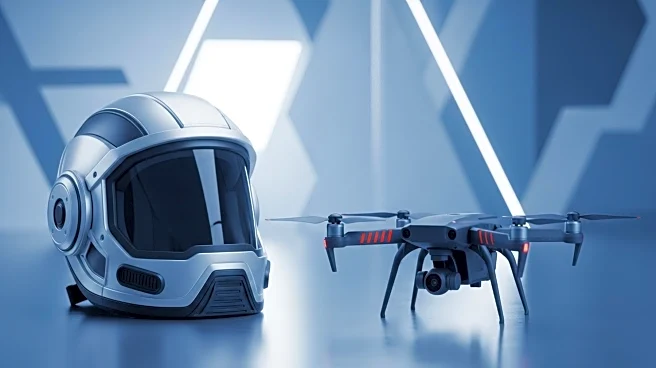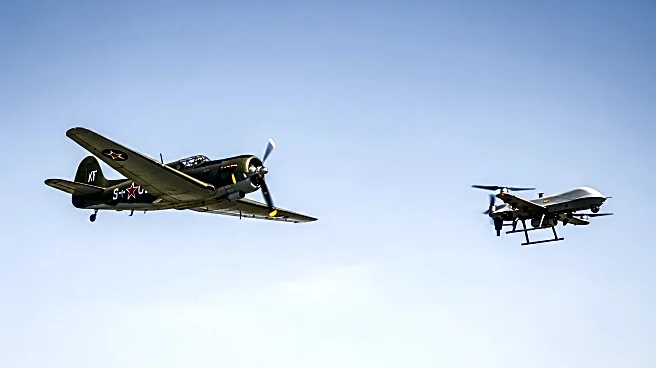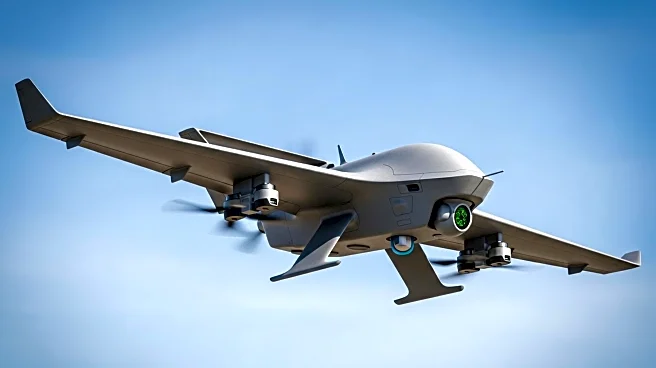Rapid Read • 7 min read
General Atomics has successfully conducted the first flight of its collaborative combat aircraft, the YFQ-42A, as part of a program with the U.S. Air Force. The flight took place at Gray Butte Airport in California, marking a significant milestone in the development of drones designed for air-to-air missions. The YFQ-42A is based on the XQ-67A Off-Board Sensing Station drone, which first flew last year. The program aims to enhance combat capabilities through human-machine teaming, with further testing scheduled at Edwards Air Force Base and operational assessments at Nellis Air Force Base.
AD
The successful flight of the YFQ-42A represents a major advancement in military technology, particularly in the realm of unmanned aerial systems. These drones are expected to extend the reach and optimize the performance of warfighters, potentially reshaping the battlespace. The program's rapid development from concept to flight demonstrates the Air Force's commitment to innovation and speed in delivering combat capabilities. This initiative could influence future military strategies and procurement decisions, emphasizing the role of drones in modern warfare.
Following the initial flight, the Air Force will conduct further testing and operational assessments to evaluate the drone's performance. A production decision is expected in fiscal 2026, determining whether to proceed with one or both prototypes from General Atomics and Anduril. The program's budget has been significantly increased to nearly $800 million, indicating strong support for its continuation. The next phase will focus on developing affordable mass production options, potentially expanding the drone's capabilities and applications.
The development of collaborative combat aircraft raises ethical and strategic questions about the use of autonomous systems in warfare. The integration of human-machine teaming could lead to shifts in military tactics and operational doctrines. Additionally, the program's success may drive further investments in drone technology, influencing global defense markets and international military collaborations.
AD
More Stories You Might Enjoy
